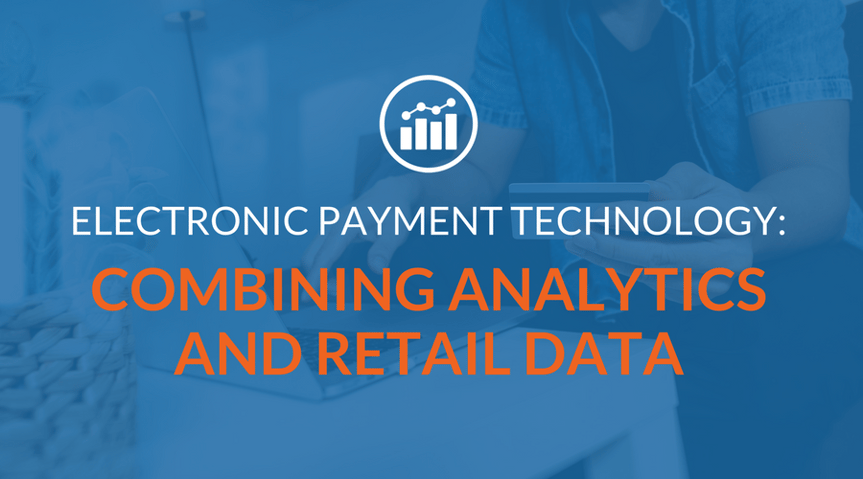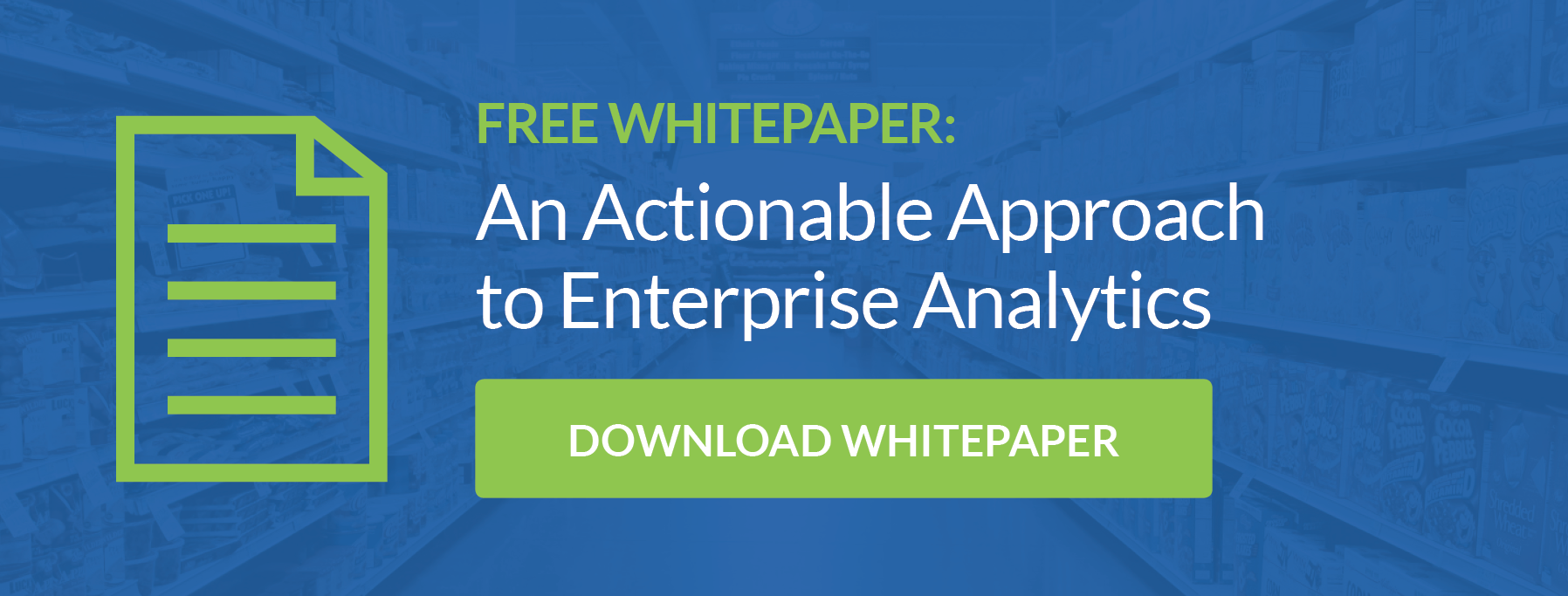
Retail environments and supply chains are becoming more complex. An increase in online consumers and accelerated globalization means that more products are being sourced internationally to meet the expectations of more choices. These trends mean brick-and-mortar merchandisers face stiff competition in terms of product assortment and pricing competitiveness.
Competitive merchandising largely depends on an optimized supply chain. Yet, in a fast-moving climate, informed decisions around inventory optimization, product placement, and distribution are key to success. Fortunately, electronic payment technology helps retailers address these challenges. Billing, payment, and other retail data—combined with analytics—provide ways to identify better merchandising strategies, while streamlining the flow of goods across large networks of outlets.
More Timely Decisions Thanks To Analytics
Before having access to data analytics, companies relied on dated information to make strategic decisions. This hindsight view of “what went wrong” may have shed light on past events, but made little contribution to real-time decision-making.
The benefits of electronic B2B payments go beyond the obvious conveniences. They also include retail data that extracts more value from analytics platforms. Also, the trend towards retail data integration among business partners is allowing each player in the supply chain to reap the benefits of analytics.
Take scan-based trading (SBT) solutions as an example: suppliers can plan logistics better, as they’re able to anticipate demands for goods according to seasonal periods, outlet location, size, and other parameters. For merchandisers, improved product forecasting and sourcing translates into better in-stock positions at shelf. This minimizes lost sales and ensures each shopper is able to complete their trip without having to go to a competitor.
Retailers Can’t Afford To Ignore The Advantages Of Analytics
Obstacles to smarter retail insights arise when companies rely on outdated supply chain technology. For example, volumes of payment, delivery, and inventory records still reside on paper across many supply chains. Any hope of applying analytics to retail data in this format is practically non-existent. Adopting technologies that facilitate data-centric retail management is key for implementing analytics successfully.
Retailers that are moving away from paper-based systems, for example, are seeing considerable returns. When that digital information is converged with other “pockets” of supply chain data, and are enhanced by analytics, the potential gains become far greater.
Overcoming The Analysis Paralysis Syndrome
For retailers, the skills gap between data specialists and decision makers has historically been a huge barrier to analytics. While specialists had the information in front of them, many lacked the business context to apply it effectively. Today, much of this has changed thanks to an increased demand for self-service analytics over the last few years.
User-friendly dashboards are replacing complex interfaces to make analytics available to workforces. This is an important shift, as people on the ground are often best positioned to make decisions.
For example, retail store managers can easily query shipping, billing, and supplier data to draw comparisons on how well vendors respond to orders, check historic pricing, or analyze the frequency of incorrect deliveries. Insights such as these help retailers hold suppliers accountable for KPIs, while also making more cost-effective operational decisions.
More Retailers Are Looking To Their Data For Valuable Insights. Are You?
Companies that invest in analytics perform better financially than those that don’t. It’s no wonder, therefore, that the discipline is seeing widespread adoption, as companies seek to gain an advantage over their competition. The many applications within supply chains make analytics a huge asset for companies that understand the value in data-driven decision-making.
At iControl, we’re leading the pack in bringing the power of analytics to entire retail supply chains. Our supply chain management software solutions help retailers leverage product, pricing, delivery, and inventory data for fast business insights. Contact us to learn more.
